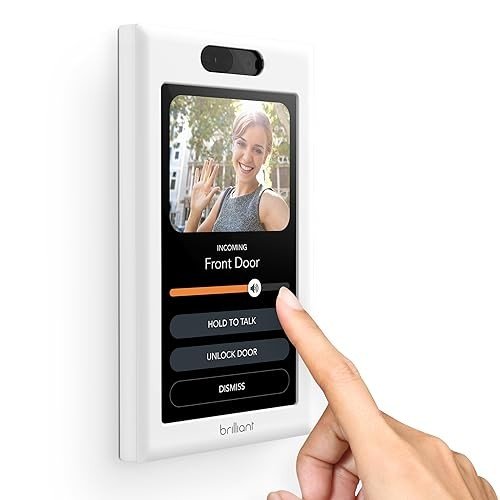The Main Issue With Decorative Lighting UK, And How You Can Fix It
Decorative Lighting in the UK: A Comprehensive Guide
Over the last few years, decorative lighting has actually taken centre phase in interior design throughout the UK. Homeowners and designers alike are increasingly identifying the importance of lighting not just for functionality, but also for looks. This article looks into the numerous kinds of decorative lighting readily available, the most recent patterns in the UK market, and practical pointers for selecting and installing the right lighting to boost numerous spaces in homes.
Comprehending Decorative Lighting
Decorative lighting incorporates a broad variety of lighting fixtures that serve to enhance the beauty of an area while likewise offering lighting. This kind of lighting adds a touch of design, character, and heat to environments, creating state of minds and highlighting architectural functions. The key difference between decorative lighting and other forms of lighting, such as task or ambient lighting, is that decorative lighting primarily aims to produce visual appeal.
Kinds Of Decorative Lighting
There are various types of decorative lighting that property owners can choose from, consisting of:
Chandeliers: Often the focal point of dining locations or grand entrances, chandeliers are detailed light fixtures with several bulbs and creative styles.
Pendant Lights: Suspended from the ceiling, pendant lights are offered in different designs, making them ideal for kitchens, dining areas, or living rooms.
Wall Sconces: Mounted on walls, these fixtures can provide ambient lighting or spotlight specific locations, such as art work or architectural information.
Table Lamps: Used on bedside tables, desks, or side tables, they can vary from minimalist designs to elaborate creative pieces.
Floor Lamps: These flexible fixtures can fill empty corners while offering both ambient and task lighting.
Fairy Lights: String lights or fairy lights include a whimsical touch to both indoor and outdoor spaces, best for developing a welcoming environment.
Neon Signs: An emerging trend, neon indications add a modern, urban flair and are popular for home bars, recreation rooms, and individual spaces.
Existing Trends in Decorative Lighting
The UK lighting market has seen numerous evolving patterns that show customer preferences and advancements in innovation. Some of the prominent trends include:
Sustainable Lighting: Eco-friendly alternatives, such as LED lighting, are significantly favoured for their energy efficiency and lower carbon footprint.
Smart Lighting: Integration of smart technologies permits house owners to control their lighting through smart devices or voice assistants, providing convenience and versatility.
Vintage and Industrial Designs: The rustic appeal of vintage and industrial styles stays in style, as they can easily blend with both modern and traditional interiors.
Geometric Shapes: Light fixtures featuring vibrant geometric shapes add to a contemporary visual that appeals to modern homeowners.
Picking the Right Decorative Lighting
When selecting decorative lighting, it is very important to consider the list below elements:
Purpose: Determine the primary function of the lighting. Is it to produce an inviting environment, emphasize art work, or supply practical lighting for activities?
Design: Carry out research study to guarantee that the selected lighting complements the existing decor and shows individual design choices.
Size: Consider the scale of the space. Large fixtures can overwhelm little rooms, while petite choices may appear lost in larger areas.
Positioning: Think critically about where the fixtures will be set up, ensuring they are available and successfully brighten the desired areas.
Energy Efficiency: Opt for energy-efficient LEDs whenever possible to minimize energy costs and contribute to sustainability.
Installing Decorative Lighting
As soon as decorative lighting choices have actually been picked, correct installation is essential to accomplishing the desired result. Here are some standards to follow:
Mounting Height: Ensure that chandeliers and pendant lights hang at a proper height. They need to provide ample light without obstructing views or motion.
Layered Lighting: Incorporate various layers, consisting of task, ambient, and decorative lighting, to develop balance and depth within a space.
Dimmers: Installing dimmer switches can offer flexibility in changing light strength based on activities and mood.
Professional Assistance: For intricate installations, it may be useful to hire a professional electrician to ensure security and compliance with local regulations.
Decorative lighting offers a great chance for homeowners in the UK to reveal their design while boosting the functionality of their areas. With a variety of alternatives readily available, careful consideration of elements such as style, size, and placement can lead to sensational outcomes. As trends continue to evolve, people can stay on the cutting edge of decorative lighting style.
Often Asked Questions (FAQs)
Q: What is the distinction between decorative lighting and ambient lighting?A: Decorative lighting is mostly concentrated on aesthetic appeal, while ambient lighting supplies basic illumination for a space. Q: How can I select the best size chandelier for my dining room?A: A typical general rule is to add the measurements of the room(
in feet)and use that number as the diameter of the chandelier(in inches ). Buy Vintage Lighting UK : Are LED lights appropriate for decorative lighting?A: Yes, LED lights are commonly used
due to their energy efficiency, long life-span, and capability to come in various designs. Q: Is it necessary to seek advice from a professional for installation?A: While some setups can be done DIY, it's advised to
seek advice from a professional for complicated setups to ensure safety and
compliance. Q: What products are popular for decorative lighting fixtures in the UK?A: Common products consist of glass, metal, material, and wood, each adding to different designs and visual appeals. By comprehending the various types of decorative lighting readily available, staying notified about the newest trends, and following necessary standards for selection and installation, anyone can change their living areas into stunning sanctuaries of light. 